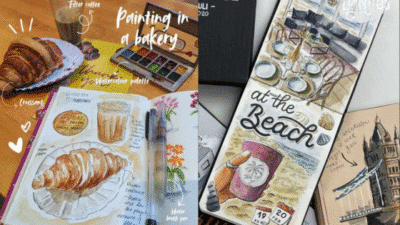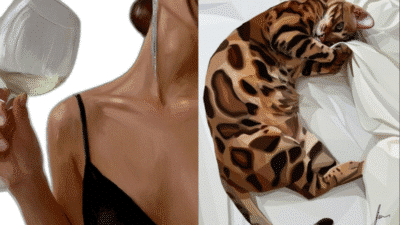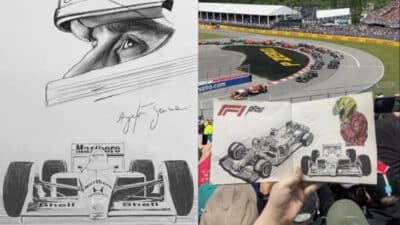Expressionism drawing invites you to move beyond traditional standards of realism and explore the subjective, emotional world of the artist. This approach captures raw feeling through bold lines, distorted forms, and intense contrasts, focusing on personal experience rather than objective accuracy. Expressionism drawing is about translating your own emotions and inner reactions onto paper, resulting in visually powerful and deeply personal works.
Originating in the early twentieth century, expressionism has shaped not only painting but also drawing, influencing countless artists and styles worldwide. The movement’s central idea is clear: your individual interpretation and emotional response matter more than replicating reality. Whether you’re interested in history, technique, or the lasting influence of expressionism, understanding its unique approach to drawing can transform how you create and interpret art.
Key Takeaways
- Expressionism drawing emphasizes emotional expression over realism.
- Influential artists and evolving schools shaped its unique style and methods.
- The movement continues to impact both technique and art appreciation today.
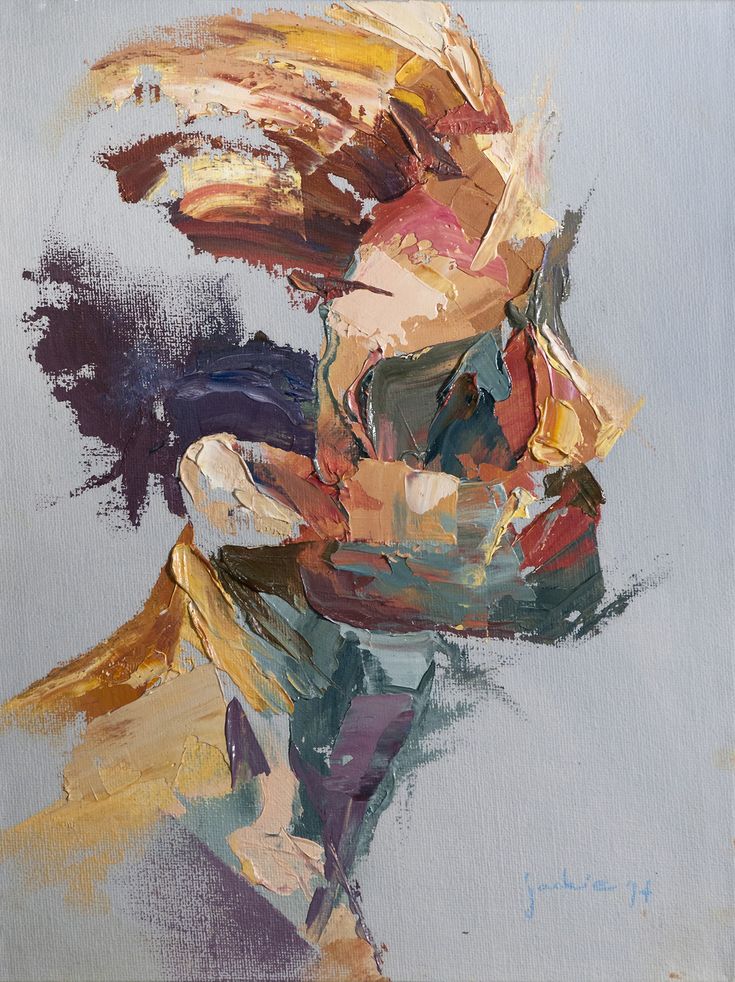
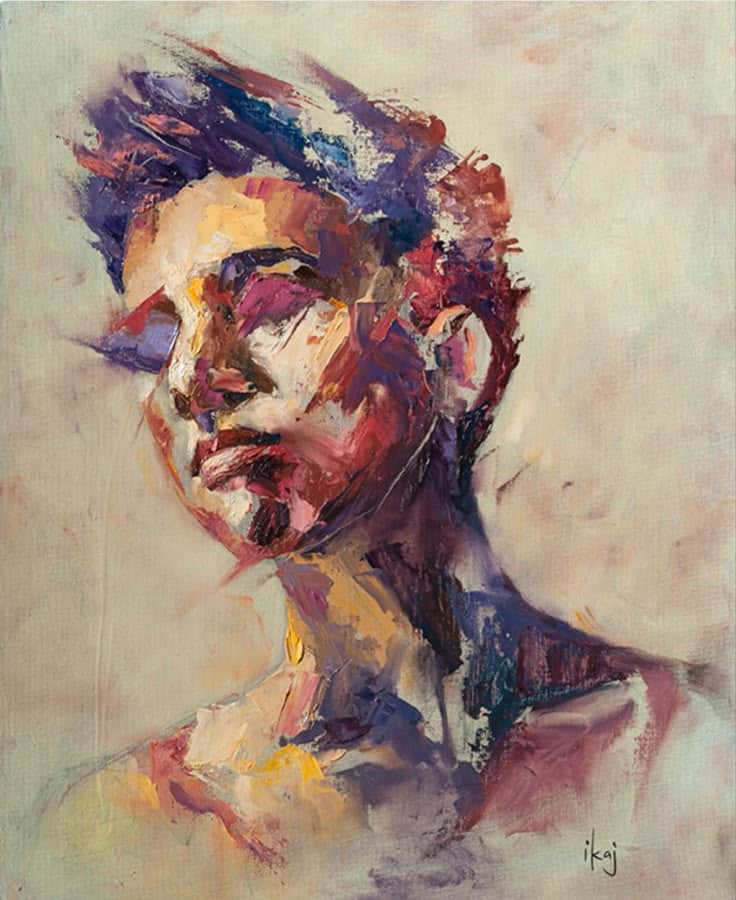
Understanding Expressionism Drawing
Expressionism drawing reveals an artist’s inner world by prioritizing emotion and subjective experience over realistic representation. Through its bold approach, this art movement introduced powerful visual languages and distinct characteristics that set it apart from earlier styles.
Defining Expressionism
Expressionism is an art movement that emerged in Germany in the early 20th century, focusing on expressing the artist’s personal perspective and emotions. Unlike traditional art that aims for realism or objective accuracy, expressionism invites you to experience what the artist feels.
Expressionist drawings often use exaggerated, distorted forms and dynamic lines. The goal is not technical perfection, but an honest portrayal of internal states. As a result, subject matter can appear intense or even unsettling, with each mark or color chosen for its emotional impact.
You’ll find that expressionism prioritizes what’s felt inside over what’s seen outside. This makes each drawing a direct channel from the artist’s self to you as the viewer, bypassing the need for strict rules or convention.
Key Characteristics of Expressionism
Expressionism drawings stand out due to several signature traits. You will typically notice bold, forceful lines and a strong use of color to communicate feeling rather than describe appearance.
Common characteristics include:
- Distorted or exaggerated features that convey emotional states
- Unconventional perspectives or spatial arrangements
- Dynamic, energetic brushstrokes or marks
- Strong contrasts, especially in tone and color
Expressionists often ignore proportion and perspective to focus on psychological depth. The atmosphere of a piece might feel turbulent, tense, or intensely personal. Every visual element, from jagged lines to clashing hues, works to translate emotion onto the paper.
Emotion and Self in Expressionist Art
Emotion is central to expressionism drawing. Your experience of the artwork is meant to reflect the inner life of its creator, allowing you to connect directly with their feelings and state of mind.
Artists such as Ernst Ludwig Kirchner and Edvard Munch are well known for using their art to express anxiety, joy, despair, or isolation. Rather than hiding personal experience, expressionists make it their main content. This focus on the self means each work is unique, shaped directly by the hand and heart of the artist.
When you look at an expressionist drawing, you are invited to not only see but also feel. The raw intensity, whether through hurried lines or vivid colors, breaks traditional boundaries and puts emotion at the center of the image.

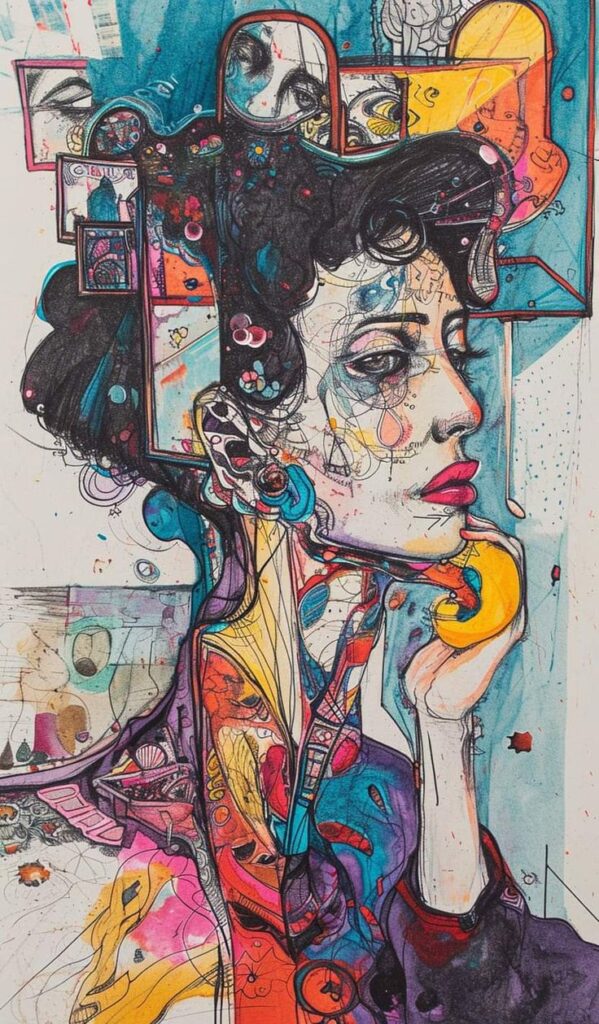
Historical Evolution and Influences
Expressionism drawing developed through dramatic social, political, and artistic shifts, especially in Germany during the early 20th century. Its legacy is traced through war, repression, and reinvention in newer movements that shaped the course of modern art.
Origins in Early 20th Century Europe
Expressionism first emerged in Germany around the 1900s, fueled by artists seeking to convey intense emotions rather than reproduce visible reality.
Groups such as Die Brücke and Der Blaue Reiter played leading roles. They used color, line, and exaggerated forms to depict psychological states. This new style drew some inspiration from medieval German woodcuts and Gothic art, evident in strong contrasts and bold outlines.
Early Expressionist drawing broke away from academic norms, emphasizing subjects like urban anxiety, alienation, and spiritual crisis. The focus was distinctly German, but these artists influenced the wider European avant-garde and began to shift standards for modern art.
Impact of World War I on Expressionist Art
World War I profoundly affected expressionism in Germany and across Europe. Many artists served in the war or witnessed its destruction firsthand.
Drawings from this period captured trauma, chaos, and the brutality of modern conflict. Artists such as Käthe Kollwitz and Otto Dix produced stark, swift sketches highlighting suffering, loss, and social turmoil.
With the war’s end, expressionism was targeted as “degenerate art” by authorities—particularly during the rise of the Nazi regime. Many key figures faced censorship or exile, yet the emotive power of their drawings influenced new approaches to visual art.
Transition to Neo-Expressionism and Abstract Expressionism
Expressionism’s impact did not fade after the early 20th century. Instead, it resurfaced and adapted in new forms.
In the 1940s and 1950s, Abstract Expressionism emerged in the United States, channeling many ideas from German expressionism—such as the focus on emotion and painterly gestures—while shifting toward nonfigurative forms. Later, from the 1970s, Neo-Expressionism revived some of the earlier expressionist strategies, such as intense subjectivity and raw mark-making, returning them to contemporary drawing practice.
Expressionism’s influence remains clear in the work of artists exploring personal, political, and psychological themes, demonstrating its continued relevance in modern and contemporary art.
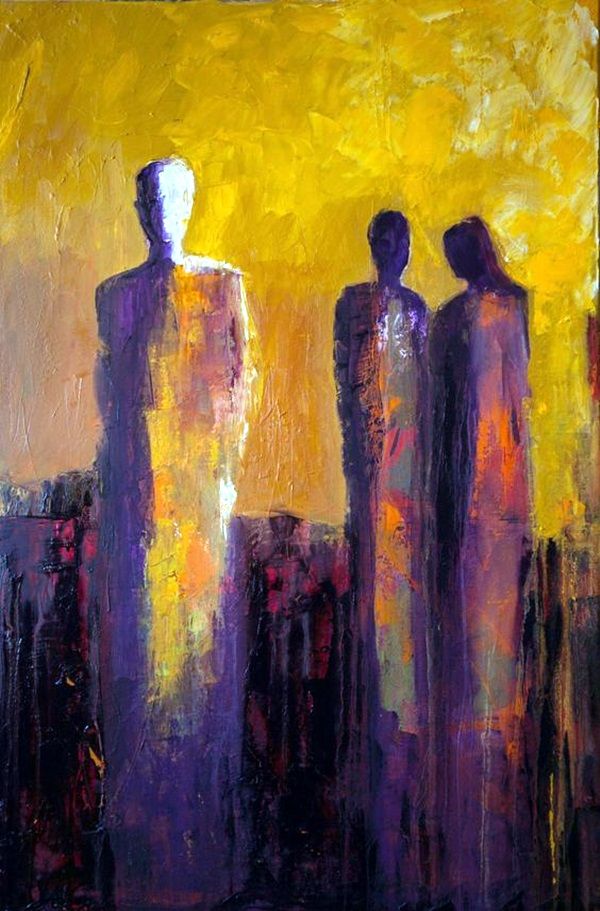
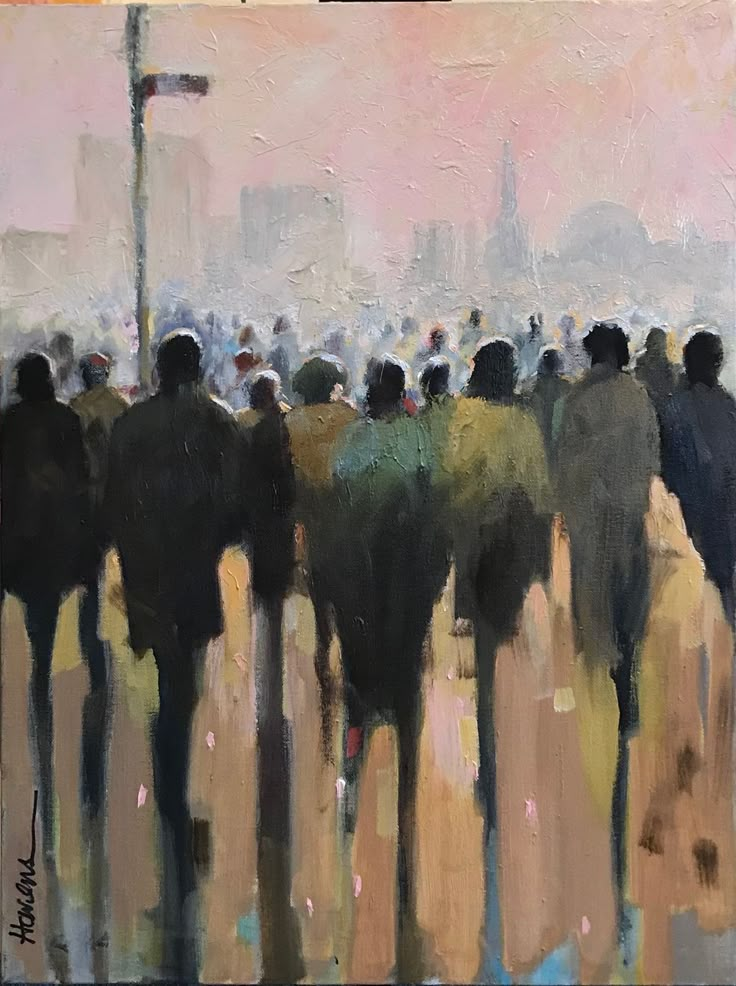
Major Schools and Groups
Expressionism drawing developed within powerful groups and movements, each shaping the direction of the style. These collectives helped define key techniques, subjects, and philosophies that influenced both their own members and future generations.
Die Brücke and The Bridge
Die Brücke (The Bridge), founded in 1905 in Dresden by Ernst Ludwig Kirchner and others, was a formative group in German Expressionism. Their goal was to reject academic traditions and capture raw, emotional experiences. Members included Erich Heckel, Karl Schmidt-Rottluff, and Fritz Bleyl.
You’ll notice their works feature bold lines, vivid color contrasts, and a sense of urgency. Die Brücke artists often drew from urban life and nature, using spontaneous composition and a rough, direct approach. Their collective efforts laid the foundation for much of 20th-century Expressionist drawing.
Die Brücke dissolved in 1913, but its influence shaped Expressionism’s development across Europe. The group’s radical attitude toward technique and their expressive distortion of form remain key traits you’ll see in many Expressionist drawings.
Der Blaue Reiter and The Blue Rider
Der Blaue Reiter (The Blue Rider), formed in Munich in 1911 by Wassily Kandinsky and Franz Marc, emphasized spiritual and symbolic content over realism. Compared to Die Brücke’s raw energy, The Blue Rider group favored abstraction, rich symbolism, and experimentation.
Kandinsky, Marc, and their peers were fascinated by the expressive potential of line, color, and form. You often see their work blending music, literature, and visual art, pushing boundaries beyond mere representation. They aimed for art to connect with the viewer on an inner, emotional level.
Key figures included August Macke, Gabriele Münter, and Paul Klee. Through their exhibitions and writings, Der Blaue Reiter played a central role in the move toward abstraction within Expressionist drawing and had a lasting impact on European modern art.
Neue Sachlichkeit and Other Movements
Neue Sachlichkeit (New Objectivity) emerged in Germany during the 1920s as a response to earlier Expressionism. This movement pivoted toward a more realistic, unsentimental depiction of everyday life. Leading artists like Otto Dix and George Grosz used sharp line work and precise detail to expose social realities and critique contemporary society.
You’ll find Neue Sachlichkeit drawings often address war, urbanization, and political unrest, with a detached yet deeply impactful approach. Their graphics are less about emotion and color, focusing instead on clear structure and critical commentary.
Other related movements or groups bridged gaps between Expressionism and emerging styles. These included American Expressionist circles and the later adoption of expressive techniques in Abstract Expressionism and beyond. Each phase offered distinct perspectives while remaining rooted in the Expressionist tradition.
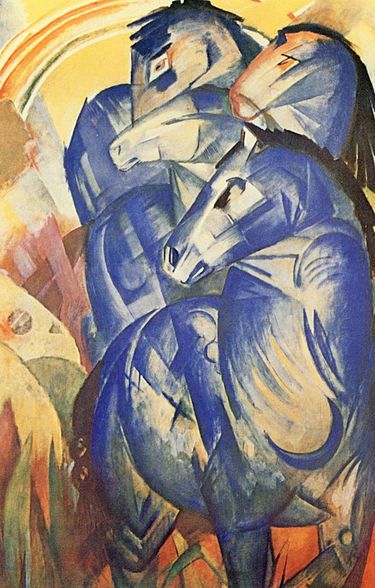
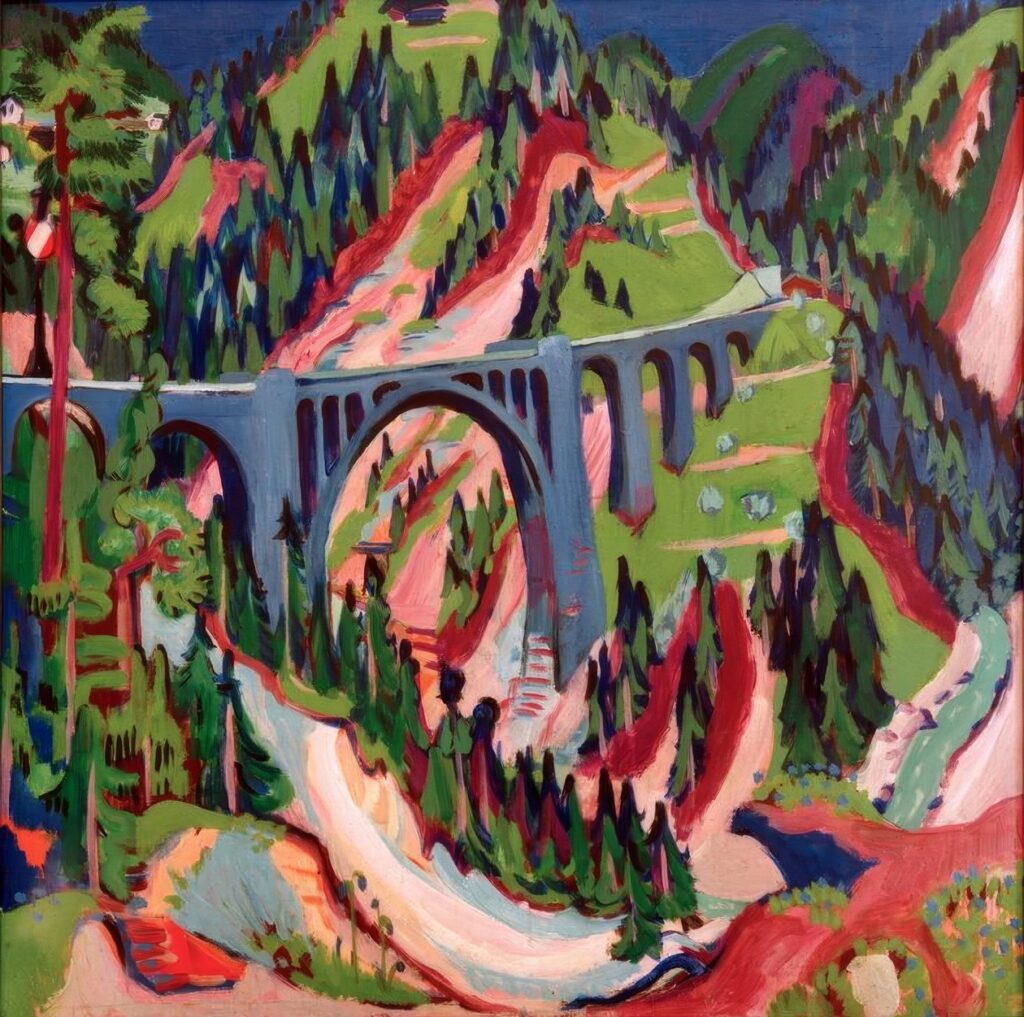
Important Expressionist Artists and Works
Expressionism produced striking, psychologically charged works that explored emotion through bold color, distorted figures, and experimental forms. Several pioneering artists from this movement, including those in Germany and Austria, left a powerful visual legacy that influenced later modern art.
Edvard Munch and The Scream
Edvard Munch, a Norwegian artist, created The Scream in 1893, which remains one of the most recognizable images in modern art. This painting captures raw psychological anxiety using swirling lines, vibrant colors, and a distorted human figure.
You can see Munch’s influence in Expressionism through his focus on personal emotion and subjective experience. He often depicted themes of alienation and existential dread.
Munch’s techniques, such as his expressive brushwork and use of oil, tempera, and pastel, set a precedent for later artists like Franz Marc and Wassily Kandinsky. His groundbreaking style helped solidify Expressionism as a movement seeking to evoke rather than describe.
Egon Schiele and Self-Portraiture
Egon Schiele pushed the boundaries of Expressionist art with his daring, sometimes provocative self-portraits. He emphasized psychological intensity by distorting the human body and using sharp lines and exaggerated gestures.
Schiele’s works, especially his numerous self-portraits, often review vulnerability, mortality, and sexuality. His approach to figure drawing departed from traditional beauty, focusing on inner turmoil and identity.
Through the use of stark, sometimes abrasive colors, Schiele’s drawings reflect the emotional turbulence of early 20th-century Austria.
Other artists influenced by his uncompromising vision include Oskar Kokoschka and Gustav Klimt, but Schiele’s style is instantly recognizable for its rawness and psychological depth.
Ernst Ludwig Kirchner and Body Dynamics
Ernst Ludwig Kirchner was a founding member of the German group Die Brücke (The Bridge), which played a key role in Expressionism. Kirchner’s interest in the movement of the human form is evident in energetic figure studies and urban scenes.
His drawings feature jagged outlines, dramatic poses, and vivid color contrasts to capture the vitality and anxiety of modern city life. Kirchner frequently depicted dancers, street performers, and urban crowds, using these subjects to explore both freedom and tension.
Kirchner’s expressive use of line and contour made a significant impact on fellow German Expressionists such as Karl Schmidt-Rottluff and Emil Nolde. His approach, alongside contemporaries like Max Beckmann, contributed to redefining the boundaries of figurative art.
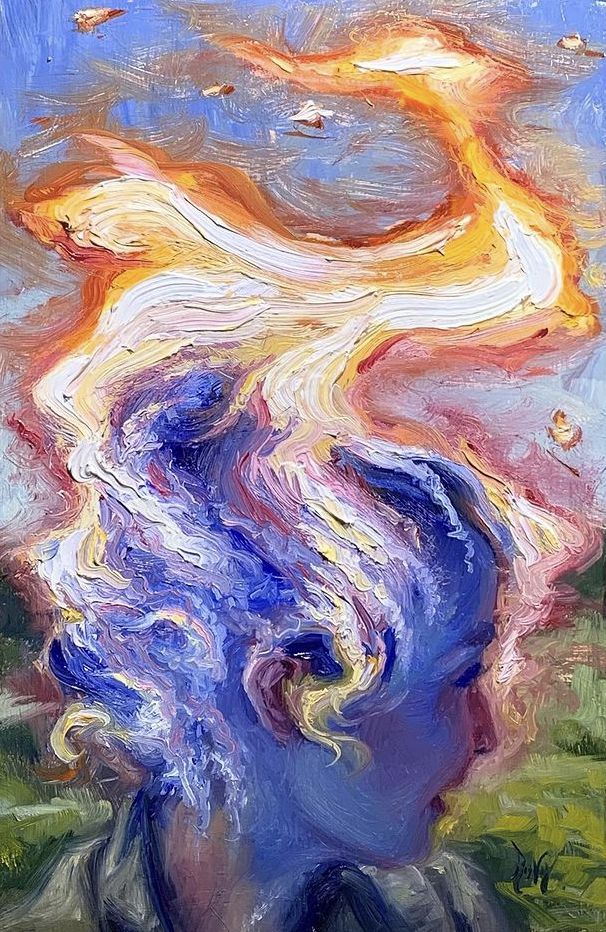
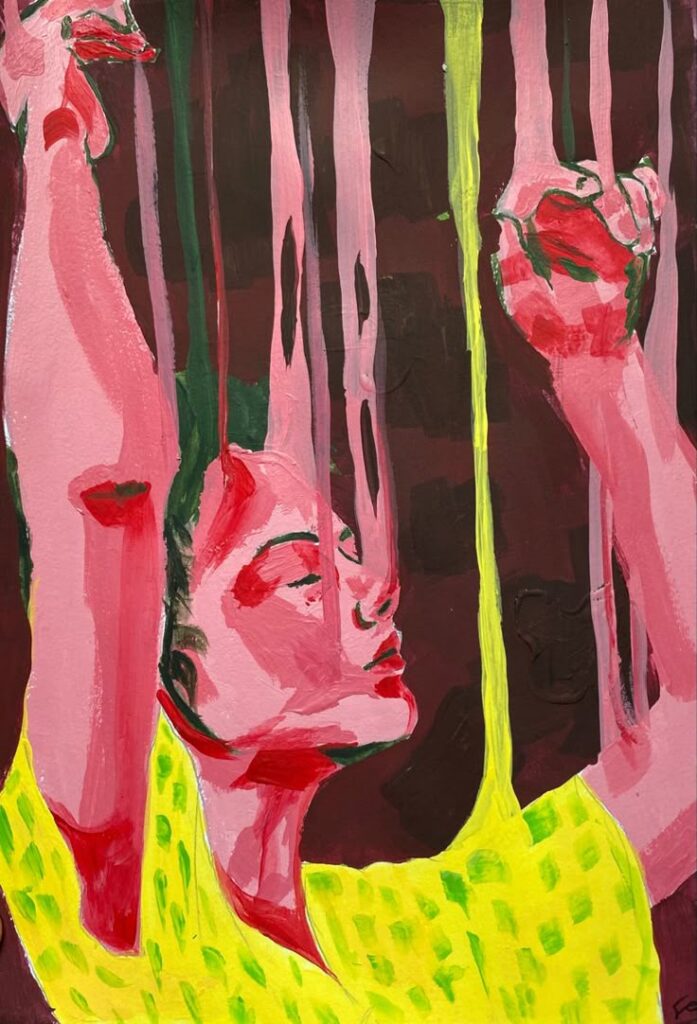
Expressionism Drawing Techniques and Materials
Expressionism drawing relies on powerful visual tools to communicate emotion, inner experiences, and unconventional perspectives. Your choice of color, handling of forms, and approach to subject matter are all central elements that help intensify these expressive effects.
Use of Colours and Distortion
Expressionist artists often use bold, non-naturalistic colours. You are encouraged to select hues that emphasize the mood rather than the literal appearance of your subject. For example, you might use intense reds, acidic yellows, or deep blues to convey anxiety, excitement, or melancholy.
Distortion is a key technique. Shapes are frequently warped, stretched, or compressed to reflect the artist’s personal response rather than objective reality. By exaggerating proportions—such as elongating limbs or twisting facial features—you can heighten dramatic impact.
Materials commonly used:
- Soft or oil pastels for vibrant, immediate color
- Charcoal or conté for rich, expressive line
- Watercolor pencils and inks for fluid, unpredictable effects
Distortion and expressive color can be combined to communicate psychological or emotional truths that go beyond surface appearances.
Brushwork and Exaggeration
Expressionist brushwork is often rapid, energetic, and highly visible. You should experiment with forceful, gestural strokes to project urgency or tension.
Exaggeration is another critical aspect. Whether in portraiture or landscape, amplifying certain aspects—such as size, texture, or movement—can help convey your intended emotion. Lines might be jagged or sweeping, and shading can be deliberately inconsistent.
Try layering different materials, such as combining thick charcoal with washes of ink, to achieve a dynamic surface texture. Consider using unconventional tools like palette knives, cloth, or your fingers to push marks beyond traditional boundaries.
Key techniques to try:
- Layer aggressive marks for a sense of chaos
- Vary line thickness for added emphasis
- Allow smudges and accidental marks to remain as part of the composition
Spirituality, Nature, and the Psyche
Many expressionist drawings delve into spirituality or psychological themes. You might use symbolic imagery, abstracted forms, or motifs from nature to evoke states of mind or spiritual ideas.
Drawing from the natural world, you can amplify features like trees, mountains, or animals to represent emotion or existential struggle. It’s common for backgrounds and settings to dissolve or merge into subjects, blurring boundaries between inner and outer worlds.
Symbols representing the soul, spirit, or subconscious are often embedded using color, pattern, or distinct marks. Soft pencils or ink washes work well for ethereal, dreamlike effects.
Using these techniques, you create visual metaphors for feelings such as joy, anxiety, alienation, or awe.
Exploring Sexuality and the Body
Expressionist approaches to the body and sexuality are direct, sometimes provocative, and unconcerned with idealized beauty. In your own drawings, you can distort or fragment body forms, emphasizing vulnerability, desire, or discomfort.
Artists like Egon Schiele often used angular, harsh lines to heighten rawness. Unusual color choices, such as sickly greens or violets, can intensify your chosen mood. Perspective may shift or bodies may be positioned in confrontational or intimate poses.
You are free to challenge traditional representations by focusing on intense emotion, flesh, or form rather than anatomy accuracy. Materials such as ink, graphite, and oil pastels can be combined for striking contrasts and textural interest.
This openness allows your work to address identity, sensuality, and human experience from a deeply individual perspective.
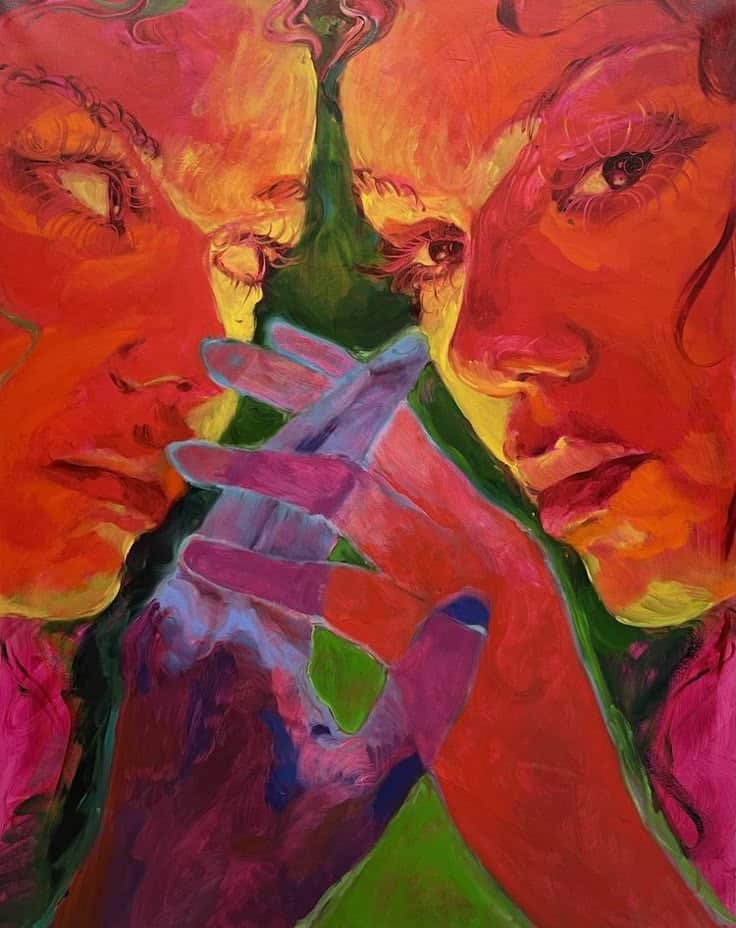
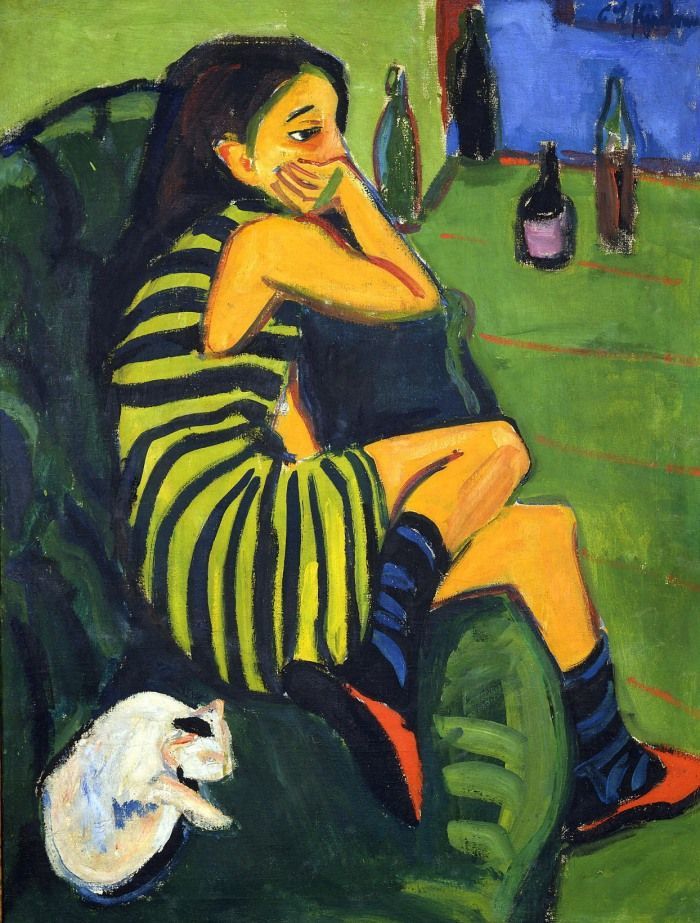
Legacy and Contemporary Significance
Expressionism drawing transformed how artists depict emotion and subjectivity, shaping visual language across multiple modern styles. Its techniques and ideals remain vital in both historic and present-day creative practices.
Influence on Modern and Post-Impressionist Art
Expressionism pushed the boundaries of visual art by prioritizing inner feeling over representational accuracy. This emphasis on emotional depth and personal vision influenced many modern art movements, including Abstract Expressionism and Post-Impressionism.
Post-Impressionist artists—such as Vincent van Gogh and Edvard Munch—used bold colors and exaggerated lines to convey psychological intensity. Expressionist methods, such as distorted forms and striking contrasts, allowed artists to break from naturalistic traditions. As a result, you see a shift toward individual expression and an exploration of the human condition.
Modern art, including movements like Fauvism and Cubism, also adopted elements of Expressionism. The focus on subjective experience paved the way for diverse approaches that continue to shape contemporary visual culture.
| Key Influence | Notable Artists | Main Techniques |
|---|---|---|
| Emotional Impact | Van Gogh, Munch | Distortion, vivid color |
| Subjectivity | Kirchner, Nolde | Bold outlines, abstraction |
Expressionism in Neo-Expressionist Movements
Neo-Expressionism, emerging in the late 20th century, renewed interest in the raw, emotive qualities of early Expressionism. You find its influence in artists such as Anselm Kiefer, Jean-Michel Basquiat, and Julian Schnabel, who draw upon intense color, gestural brushwork, and strong symbolism.
Neo-Expressionists reintroduced figurative elements while maintaining a sense of urgency and spontaneity. Their works often engage with social critique, personal narrative, and modern anxieties, echoing the Expressionist goal of revealing inner truths.
The principles of Expressionism—emotional honesty, bold mark-making, and addressing contemporary issues—remain central in many current art practices. Through these recurring themes and techniques, Expressionism continues to inform how you encounter and interpret modern drawing and painting.
- 0shares
- Facebook0
- Pinterest0
- Twitter0

